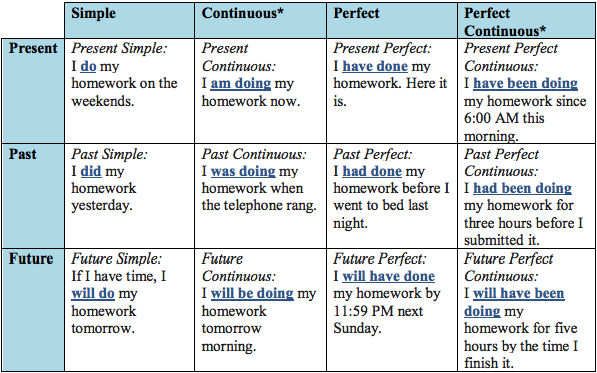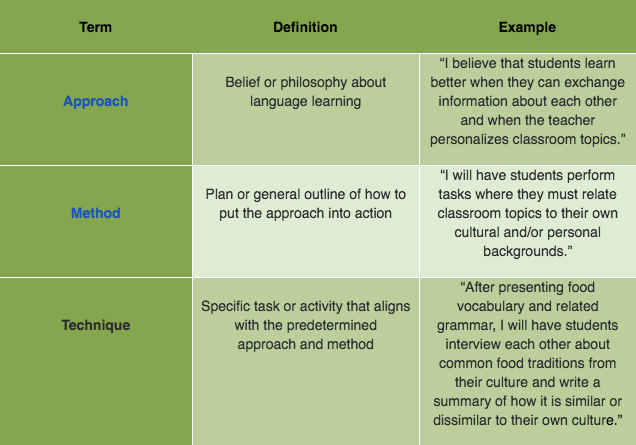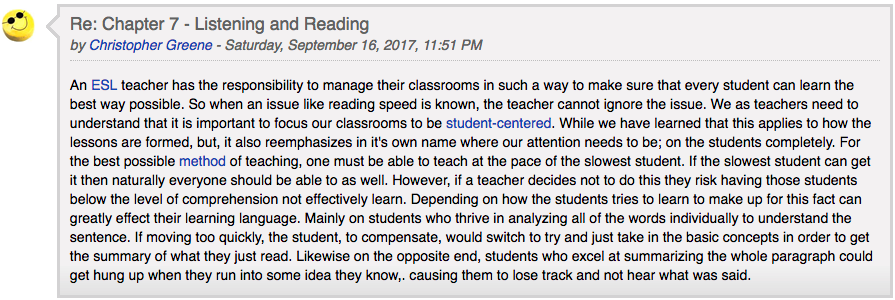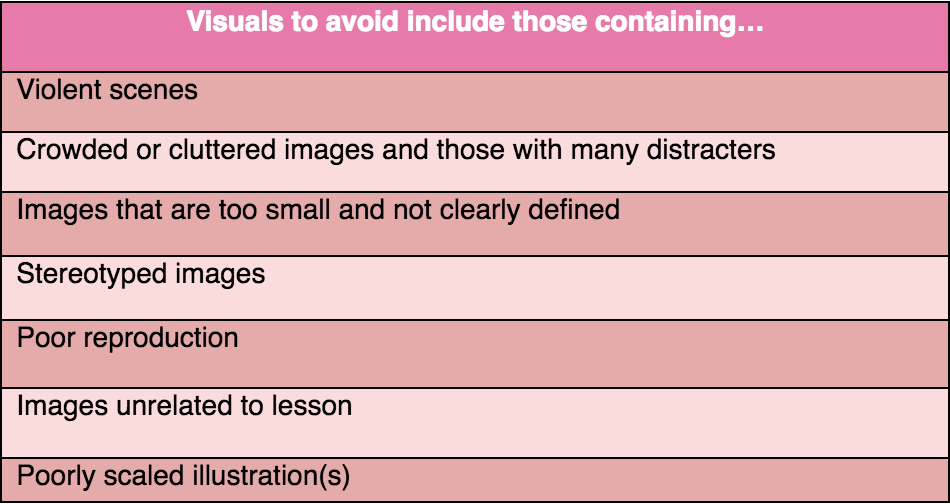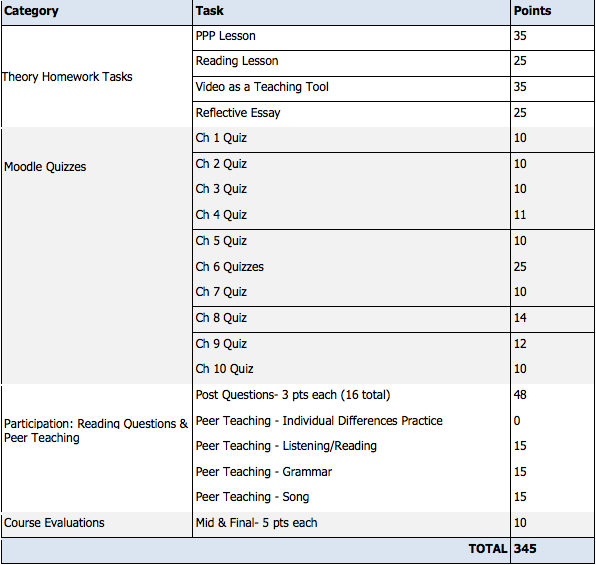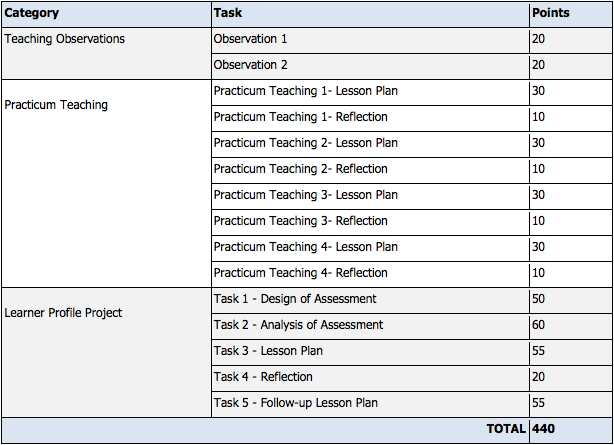- TEFL Courses
- What is TEFL?
Understand the ins & outs of TEFL
- Online TEFL Courses
100% online + hands-on teaching experience
- In-Person TEFL Courses
TEFL Courses in 20+ locations worldwide
- Specialty Courses
Boost your TEFL career with these advanced courses
- Visa Programs for Teaching in Spain
Take a look at our student visa options
in Barcelona & Madrid - TEFL Job Programs
Get placed in TEFL jobs in Asia and Costa Rica
- Browse All TEFL Course Options
Check out all the TEFL courses we offer
- What is TEFL?
- TEFL Course Bundles
- Dates & Tuition
- Check Tuition, Dates & EnrollSALE
$100 OFF our 11-week online course when paid in full
- Get Your TEFL Textbooks
Grab a PDF or a physical copy of ITA's textbooks series
- TEFL Class Comparison Chart
Compare pricing side-by-side for all ITA TEFL courses
- Payment PlansNEW
Easily pay for your TEFL course in several installments
- Check Tuition, Dates & EnrollSALE
- Where Can I Teach?
- Teach English Abroad
Teach English in 80+ countries worldwide
- Become a Digital Nomad
Teach English online while living abroad
- Asia
See 15+ Asian TEFL job markets
- Europe
See 20+ European TEFL job markets
- Latin America
See 15+ Latin American TEFL job markets
- Middle East
See 12+ Middle Eastern TEFL job markets
- Browse All Countries
World index for TEFL jobs in Asia, Europe, Latin America
& the Middle East
- Teach English Abroad
- TEFL Job Resources
- TEFL Resource LibraryFREE
Webinars, Ebooks, Guides, PDFs & Demos
- Job Search GuidanceLIFETIME
All ITA students & graduates receive lifetime
job assistance for teaching English abroad & online - Teaching Abroad: How Does It Work?
7 steps to make it happen
- Teach English Online
Everything you need to know about online TEFL jobs
- Alumni CornerNEW
Log in to access your job search guidance resources & more
- Enrolled Students
Contact info, resources & further assistance
for our enrolled students
- TEFL Resource LibraryFREE
- Blog & Videos
- About ITA
- ITA's Vision Statement
We believe in meaningful TEFL & meaningful travel
- AccreditationOFQUAL, LEVEL 5
ITA's TEFL Certification is recognized
by employers worldwide and at the highest level - Meet the Team
Tremendous support. Stellar academics.
We've been in your shoes & we're here to help - Reviews & Testimonials9.7/10
Read hundreds of reviews
from people just like you who took the plunge - Awards & Accolades
ITA was named #1 TEFL Organization &
#1 Online TEFL Course 6 years in a row - Partner with ITA
B2B, university relations, teacher recruitment:
Let's work together! - Office Hours
Mon-Fri: 9am-5:30pm CT
Sat-Sun: Closed
Upcoming Holiday Closure: 11/28, 11/29
- ITA's Vision Statement









